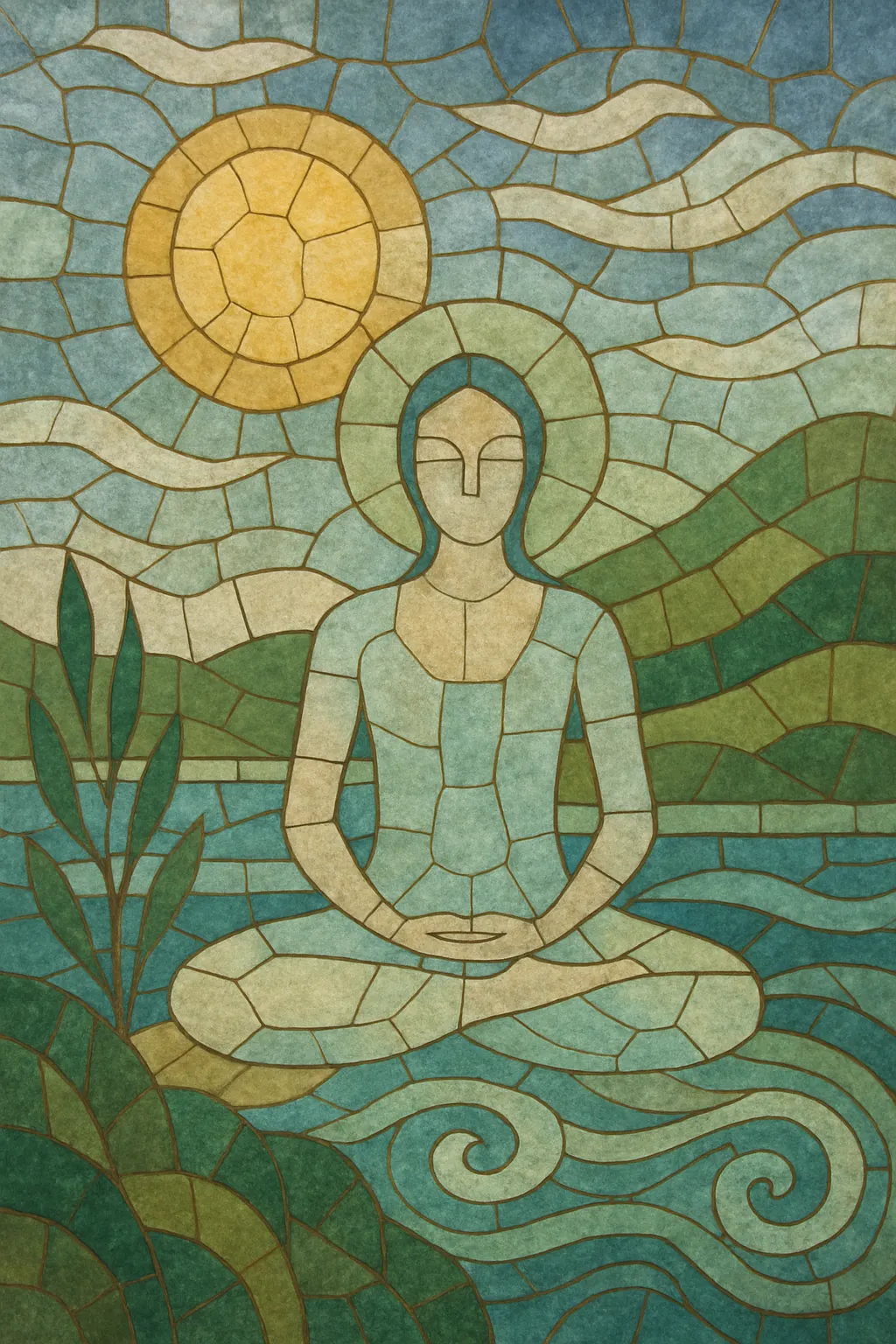New age is a largely instrumental, mood-driven genre that emphasizes calm, spacious textures and a sense of spiritual or contemplative uplift. It blends gentle electronic timbres, acoustic instruments, and global/folk influences to create immersive soundscapes intended for relaxation, meditation, and introspection.
Hallmarks include slow tempos or free time, long sustaining pads, modal and consonant harmonies, nature field recordings, and unobtrusive rhythms. The music often avoids dramatic tension in favor of openness and continuity, conveying themes of inner peace, nature, and the transcendent.
New age emerged in the United States during the 1970s, drawing on the counterculture’s interest in meditation, holistic wellness, and non-Western spirituality. Musically, it synthesized ambient’s spaciousness, minimalism’s repetition and stasis, Berlin School sequencer lines, and the contemplative ethos of Indian classical and chant traditions. Early radio shows (notably Hearts of Space) and boutique labels helped establish a dedicated audience.
Independent labels such as Windham Hill, Narada, and Private Music curated a distinct catalog that spanned two major strands: acoustic/folk-jazz (piano, guitar, harp) and electronic/space-music (synth pads, sequencers). Record stores created "New Age" bins, and Billboard launched a New Age chart. The Grammys added a New Age category in 1987, cementing the term as an industry classification even as artists varied widely in style.
The 1990s saw significant commercial success, with artists achieving platinum sales and global tours. Crossovers blended Celtic, Middle Eastern, and pan-global timbres with ambient electronics. The genre’s association with wellness, yoga, and nature imagery broadened its audience, while critics debated its boundaries with ambient, adult contemporary, and world fusion.
With the rise of digital distribution and streaming, new age’s functional focus—relaxation, meditation, study—aligned well with playlist culture. Contemporary creators fold in neoclassical textures, drone, and sound design while heritage catalogs enjoy renewed attention. The genre persists as both an aesthetic and a use-case: music for reflection and calm, spanning concert works, therapeutic contexts, and multimedia.


